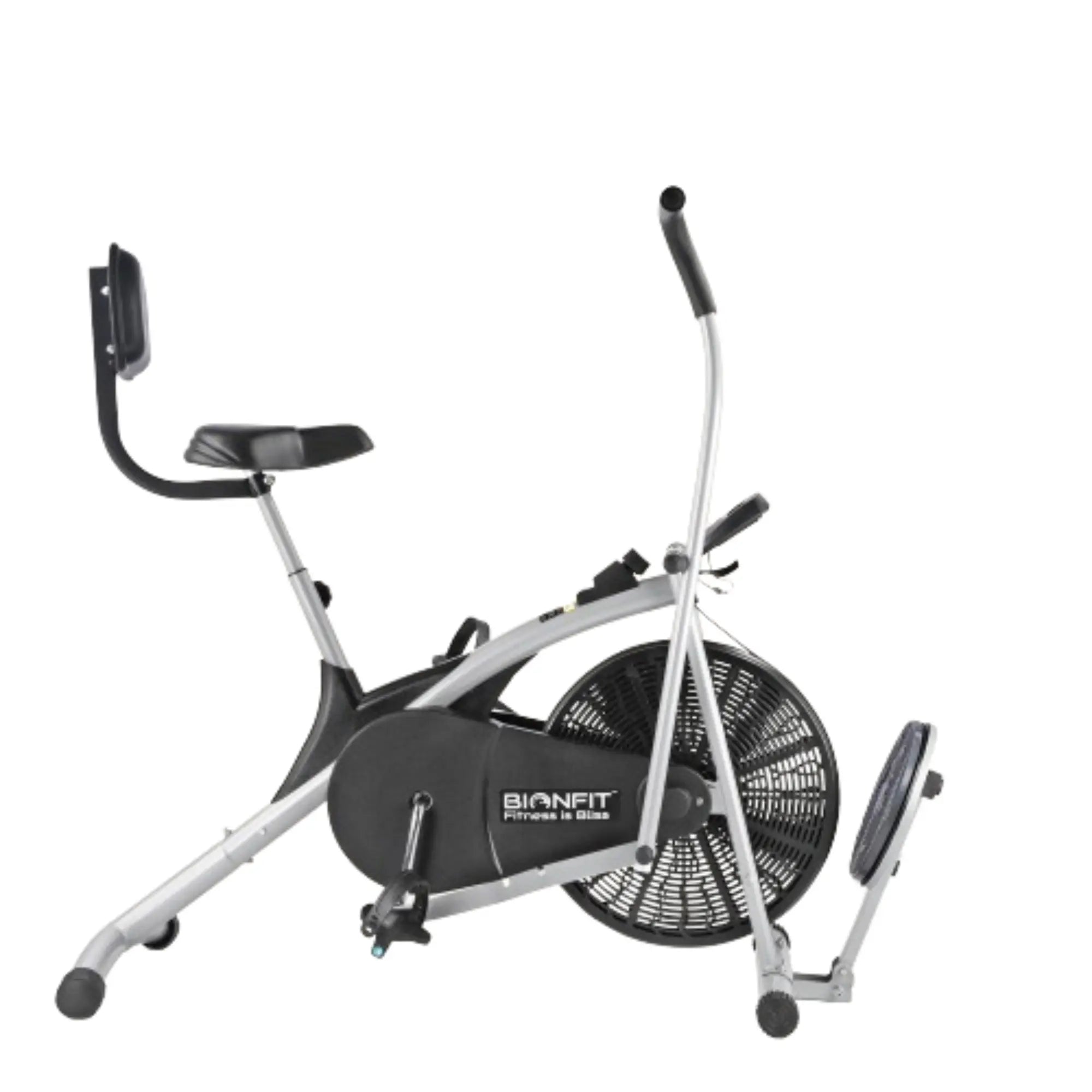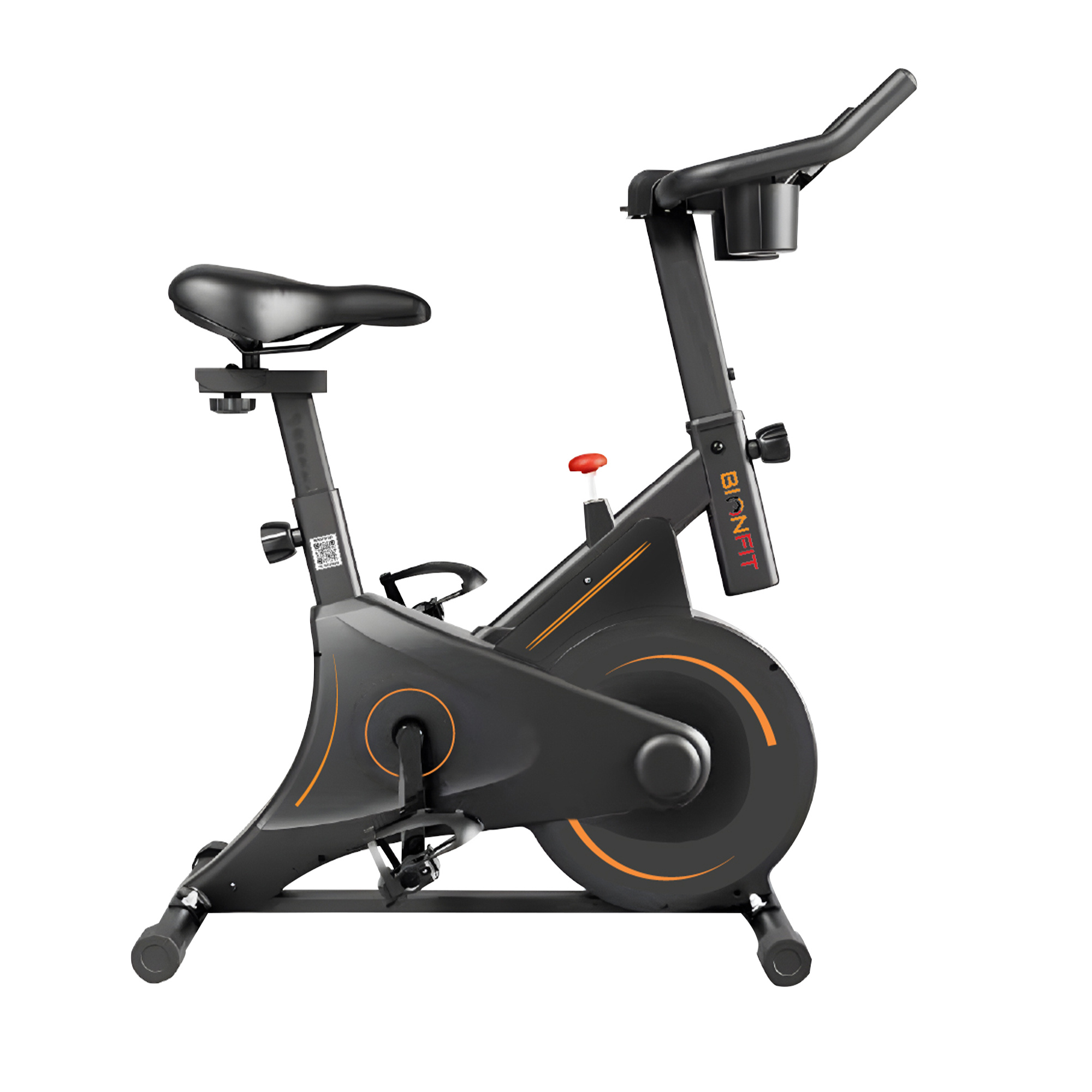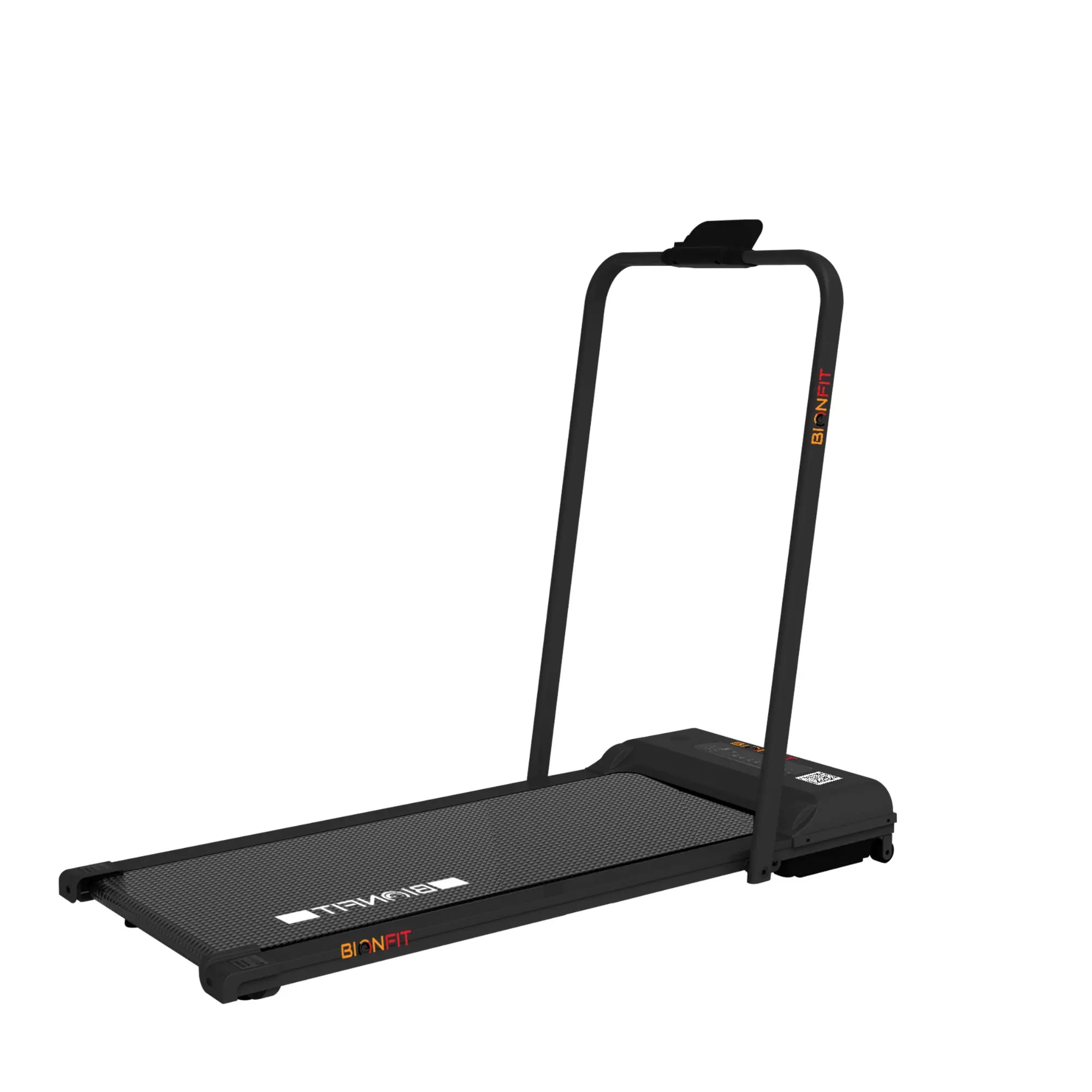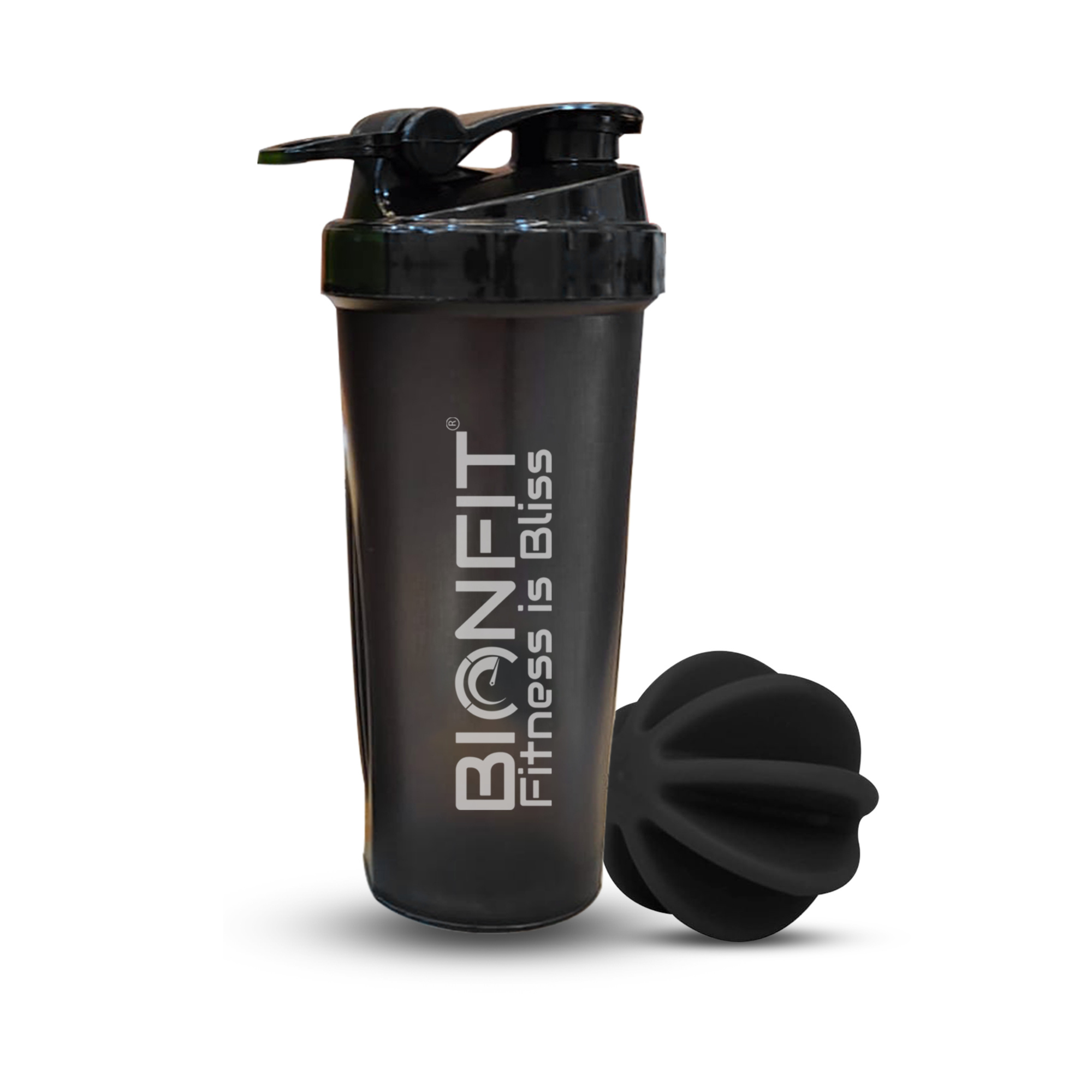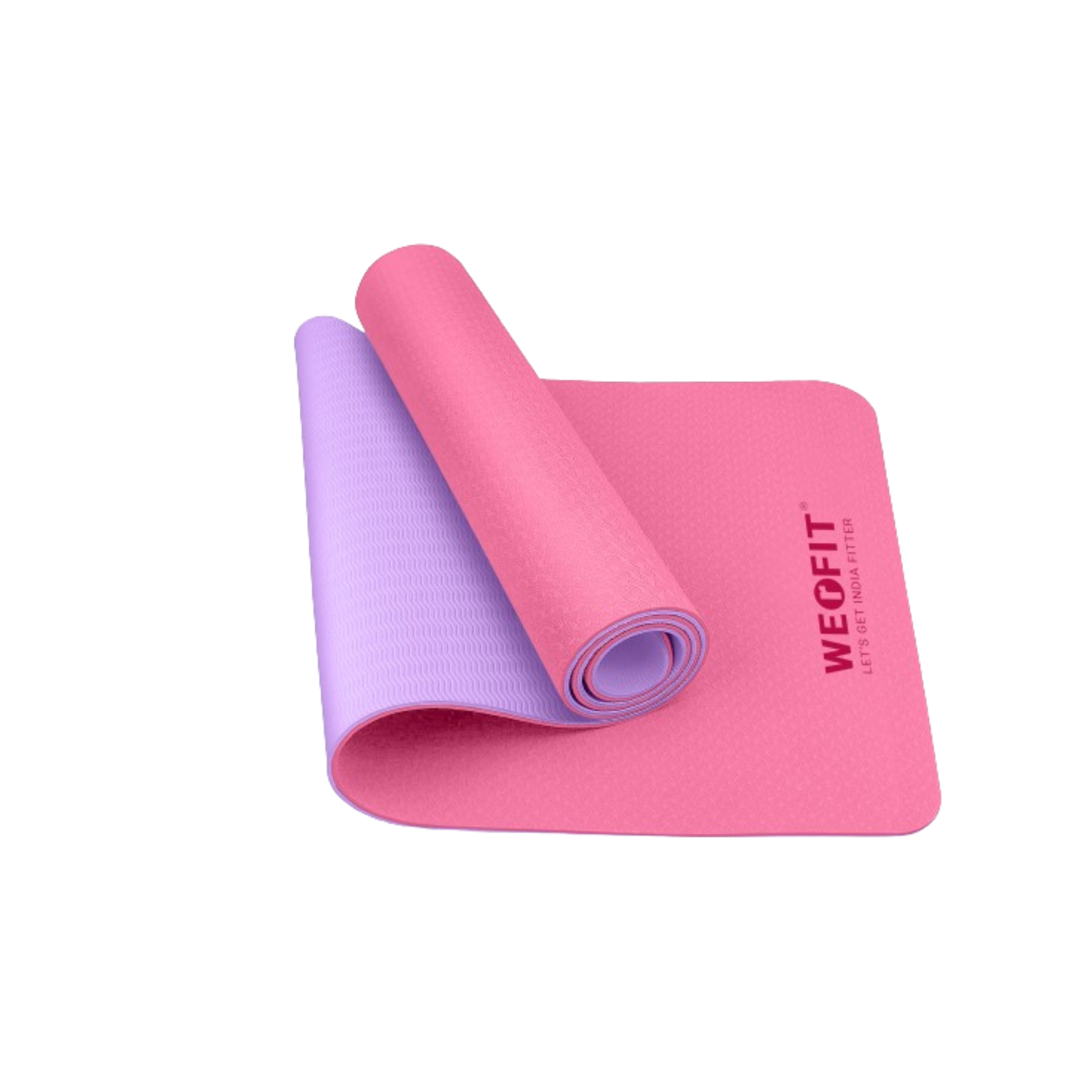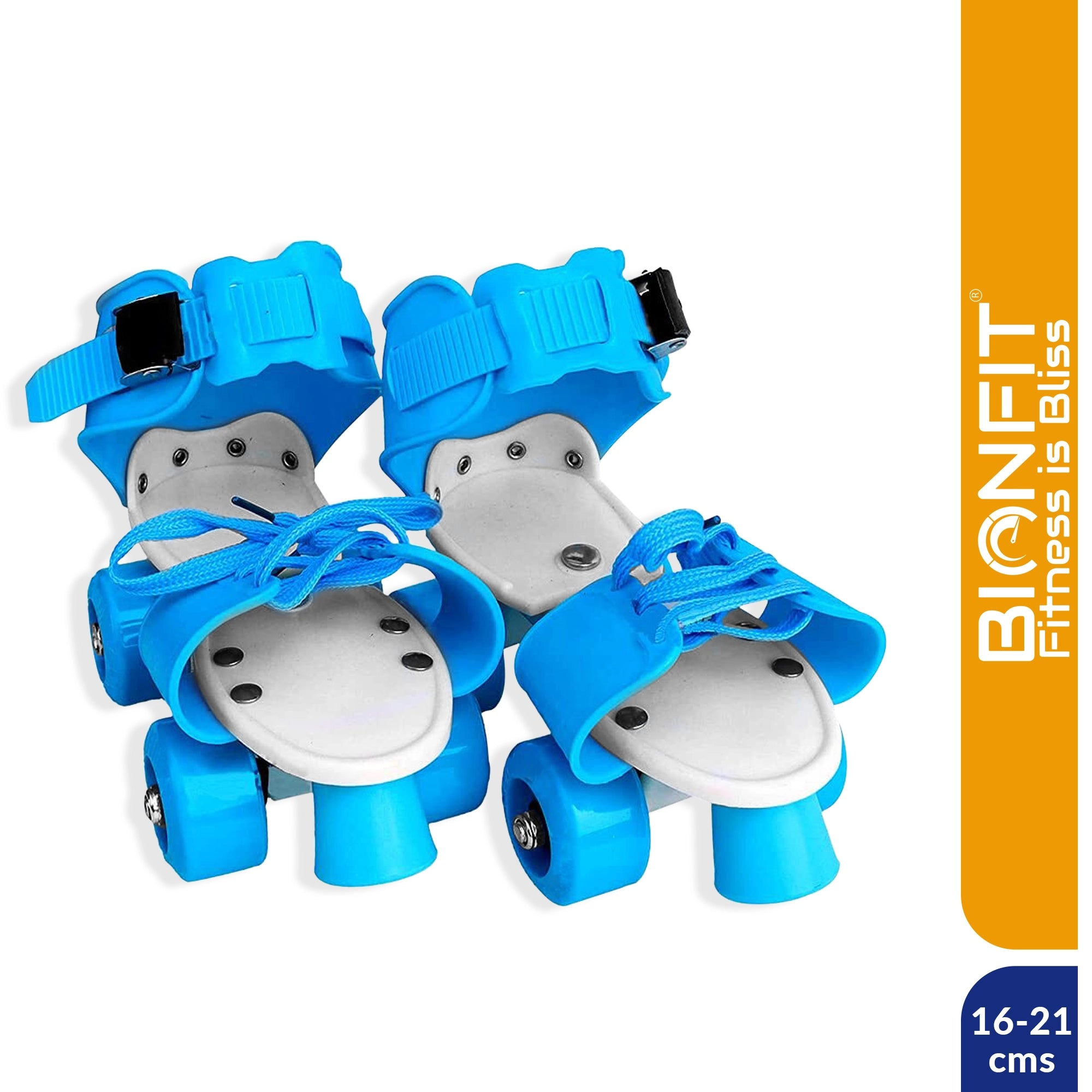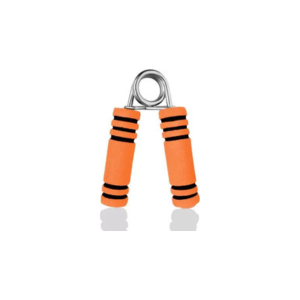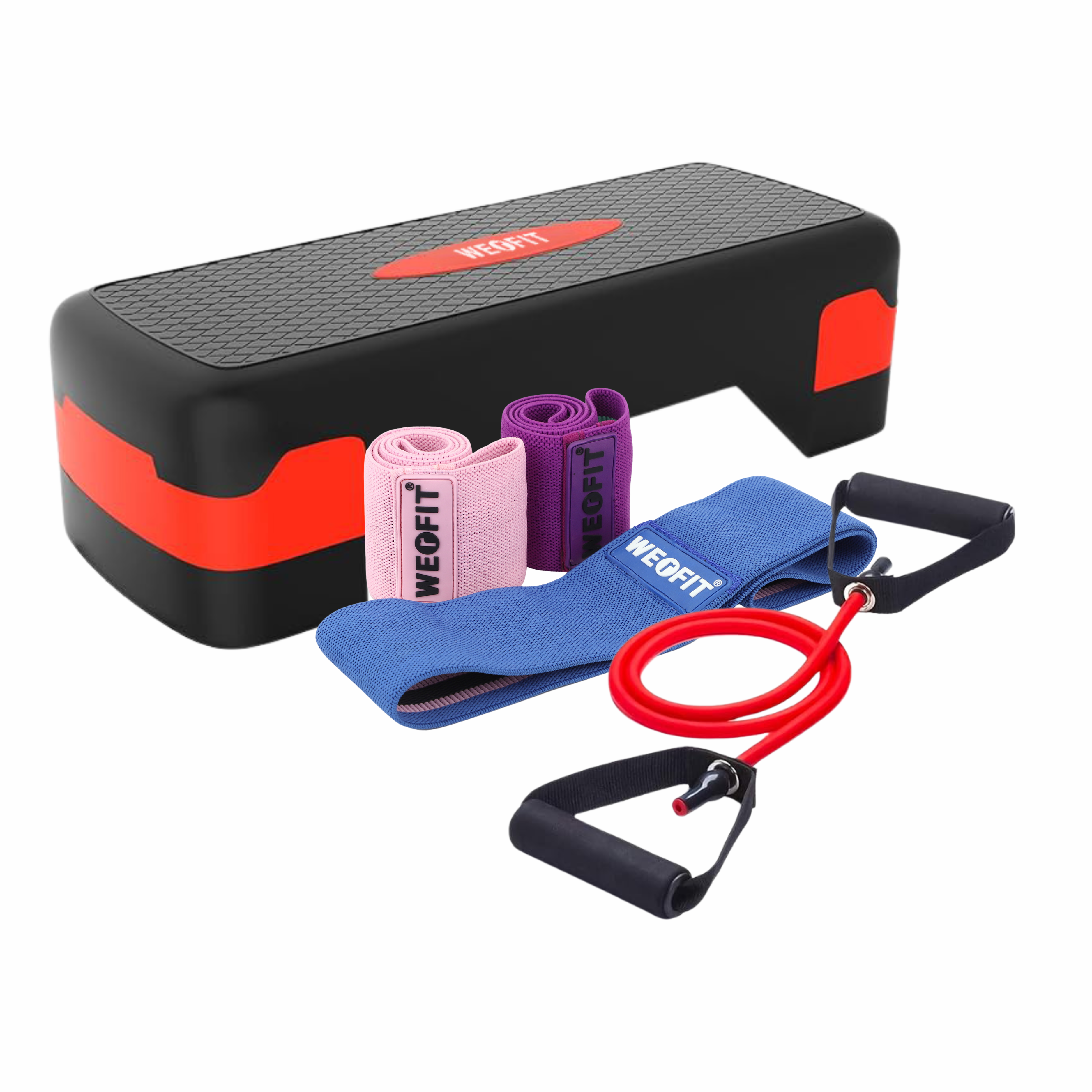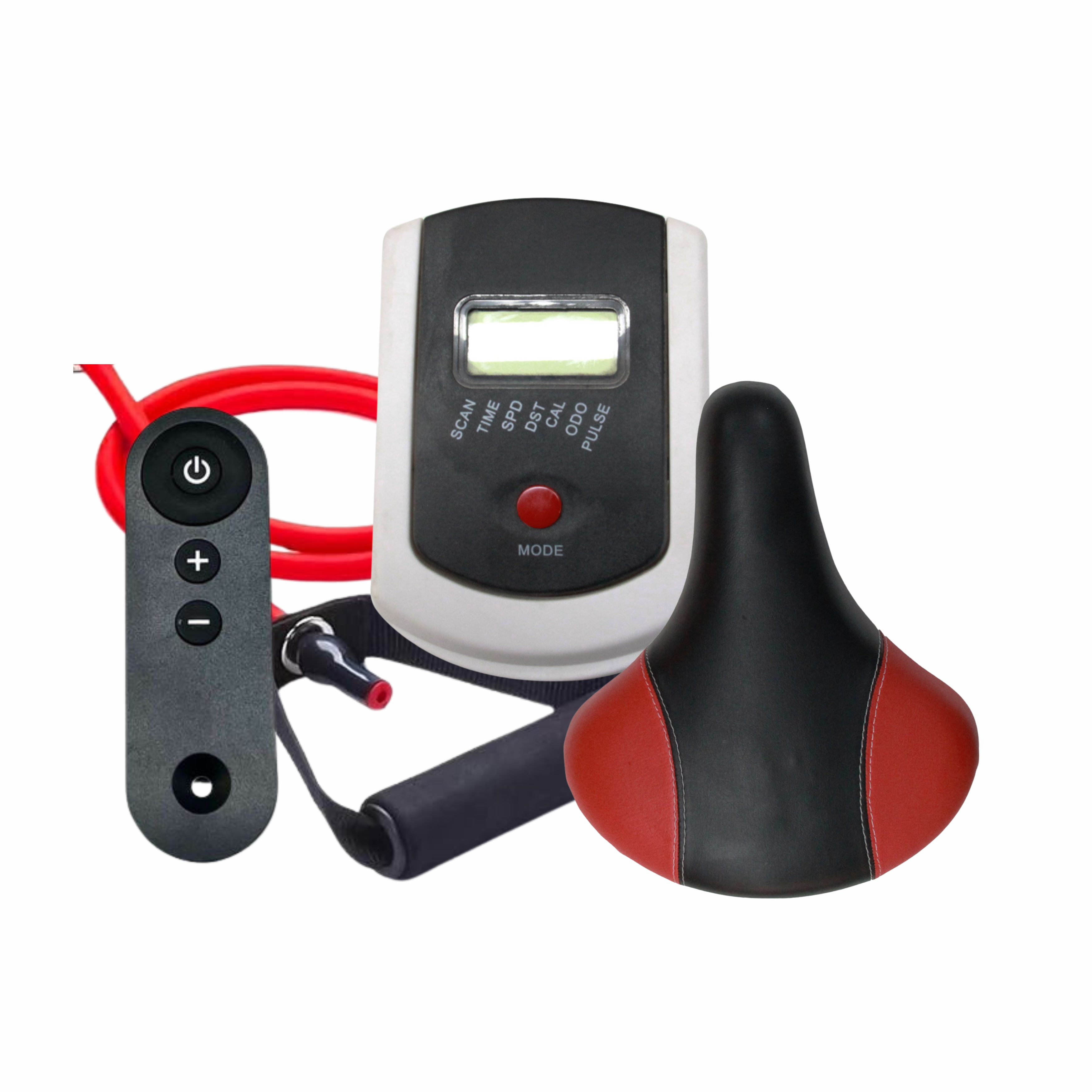
The Benefits of Airbike Training for Bone Health
Ever wondered if there's a way to combine a killer workout with improving your bone health? Enter airbike training—a game-changer in the fitness world that not only torches calories but also does wonders for your bones. In this article, we’ll dive into what airbike training is all about, why bone health is crucial, and how hopping on an airbike can help you build stronger bones.
What is Airbike Training?
First things first, what exactly is airbike training? An airbike, also known as an assault bike, is a stationary exercise bike that uses a large fan to create resistance. The harder you pedal and push/pull the handlebars, the greater the resistance you experience. It’s a full-body workout that engages both your upper and lower body, making it different from traditional cycling, which primarily focuses on the legs.
Understanding Bone Health
Before we get into how airbike training helps, let's understand what bone health is. Bone health refers to the strength and density of your bones, which are vital for overall mobility and protection against fractures. Strong bones are essential, especially as we age, to prevent conditions like osteoporosis. Factors such as diet, exercise, and lifestyle choices all play a role in maintaining healthy bones.
How Airbike Training Benefits Bone Health
Weight-bearing Exercise Benefits
Airbike training is a weight-bearing exercise, meaning it forces your bones to support your body weight against gravity. This kind of exercise is known to promote bone growth and strength.
Impact on Bone Density
Regular airbike workouts can improve bone density, making your bones stronger and less prone to fractures. The resistance from the airbike challenges your muscles and bones, leading to increased bone mass over time.
Strengthening Muscles Around Bones
Strong muscles support and protect your bones. Airbike training builds muscle strength, particularly in the legs, hips, and arms, which in turn helps maintain bone health.
Airbike Training and Osteoporosis Prevention
Osteoporosis is a condition characterized by weak and brittle bones. Incorporating airbike training into your routine can be a preventive measure. Studies have shown that consistent weight-bearing exercise can slow down bone density loss and reduce the risk of osteoporosis.
Airbike Training for Different Age Groups
Benefits for Young Adults
For young adults, airbike training helps in building peak bone mass, which is crucial for long-term bone health.
Benefits for Middle-aged Individuals
Middle-aged individuals benefit from maintaining bone density and muscle strength, reducing the risk of age-related bone loss.
Benefits for Seniors
For seniors, airbike training can help maintain mobility and independence by strengthening bones and muscles, which is essential for preventing falls and fractures.
Comparing Airbike Training to Other Exercises
Weightlifting
While weightlifting is excellent for bone health, airbike training offers a full-body workout and cardiovascular benefits, making it a more versatile option.
Running
Running is great for bone health but can be hard on the joints. Airbike training is low-impact, providing a safer alternative.
Swimming
Swimming is a fantastic exercise but isn’t weight-bearing, so it doesn’t offer the same bone-strengthening benefits as airbike training.
Yoga and Pilates
Yoga and Pilates are great for flexibility and muscle tone but don’t provide the same level of cardiovascular or bone health benefits as airbike training.
Creating an Effective Airbike Training Routine
To reap the benefits of airbike training, consistency is key. Aim for at least three to four sessions per week, with each session lasting between 20 to 30 minutes. Start with moderate intensity and gradually increase as your fitness improves. Always remember to warm up before starting and cool down after your workout to prevent injuries.
Safety Tips for Airbike Training
Proper Form and Technique
Maintaining proper form is crucial. Keep your back straight, engage your core, and use smooth, controlled movements.
Avoiding Common Injuries
Listen to your body and avoid overtraining. If you experience pain (beyond normal muscle fatigue), it might be a sign to slow down or take a break.
Importance of Proper Equipment
Ensure your airbike is well-maintained and adjusted to your body size. Wear appropriate footwear and comfortable clothing.
Nutritional Support for Bone Health
Essential Nutrients for Bones
Calcium and vitamin D are critical for bone health. Incorporate dairy products, leafy greens, and fortified foods into your diet.
Dietary Recommendations
Eat a balanced diet rich in protein, fruits, and vegetables. Avoid excessive salt and caffeine, which can leach calcium from your bones.
Supplements for Bone Health
Consider supplements if you’re not getting enough nutrients from your diet, but consult with a healthcare provider first.
Testimonials and Success Stories
Many individuals have seen remarkable improvements in their bone health through airbike training. Jane, a 50-year-old teacher, shared, "I was diagnosed with early-stage osteoporosis, and since starting airbike workouts, my bone density has improved significantly."
Expert Opinions on Airbike Training
Fitness trainers and medical professionals agree that airbike training is an effective way to boost bone health. Dr. Smith, an orthopedic surgeon, notes, "Airbike training provides the necessary resistance and impact needed to stimulate bone growth, making it a valuable exercise for individuals of all ages."
Common Myths About Airbike Training and Bone Health
Debunking Myths
Some believe that airbike training is only for young, fit individuals, but it’s actually suitable for all ages and fitness levels.
Clarifying Misconceptions
Another myth is that airbike training is too intense for beginners. In reality, you can adjust the intensity to match your fitness level and gradually increase it over time.
Additional Benefits of Airbike Training
Besides improving bone health, airbike training boosts cardiovascular health, aids in weight loss, tones muscles, and enhances mental well-being. The endorphin rush from a good workout can reduce stress and improve mood.
Conclusion
Airbike training is a powerful tool for improving bone health and overall fitness. It offers a comprehensive workout that can benefit people of all ages. By incorporating airbike training into your routine, you’re not only investing in stronger bones but also in a healthier, more active lifestyle. So, why wait? Get started on your airbike journey today and pedal your way to better bone health!
FAQs
How often should I do airbike training for bone health?
- Aim for at least three to four sessions per week, each lasting 20 to 30 minutes.
Is airbike training suitable for people with joint problems?
- Yes, it's a low-impact exercise, making it gentler on the joints compared to running.
Can airbike training replace weightlifting for bone health?
- While it’s a great addition, it’s best to combine it with other weight-bearing exercises for optimal bone health.
What is the ideal airbike training duration for beginners?
- Start with 10-15 minutes per session and gradually increase as your fitness improves.
How soon can I expect to see results from airbike training?
- With consistent effort, you may start noticing improvements in your bone density and overall fitness within a few months.
Follow us for more updates.

